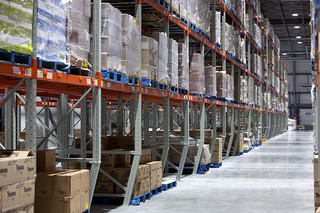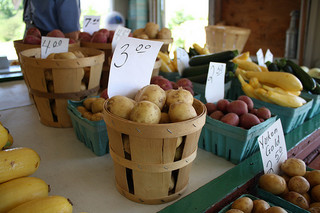Warehouse Management System Vendors Advertise Task Interleaving: Is it Doable?

A recent study released by Motorola Solutions indicated that almost half of all distribution center managers plan to implement task interleaving within the next few years. Many vendors of warehouse management systems advertise task interleaving as part of their packages. When implemented correctly, task interleaving can boost productivity within the distribution center, lowering labor costs by as much as 20 percent. But what is task interleaving, and is it a realistic goal for your distribution center?
This article is for Premium Members only. Please login below to read the rest of this article.
Not a Premium Member yet? Become one today.
[login_form redirect=’https://www.procurementbulletin.com/warehouse-management-system-vendors-advertise-task-interleaving-is-it-doable’]
[show_to accesslevel=’Premium Members’]
The concept of task interleaving has been around for ages. Trucking companies use it frequently to maximize their trucks and drivers. When a driver drops off a load, the carrier tries to find another load for him to pick up at or near the drop off point. By eliminating all those dead head miles truckers rack up with no paying load, the companies are able to make more money from the number of trucks and drivers they have available at any given time.
Task interleaving is the same concept, except it applies to fork lift drivers within the warehouse or distribution center instead of an over the road trucker. In principle, the fork lift driver would never leave the warehouse and head back to the dock without completing another task along the way, thereby maximizing his time and effort and reducing the overall workload as he works.
In practice, however, the concept becomes quite a lot more complex. A number of factors determine whether or not the fork lift driver is able to improve efficiency this way. It depends on whether or not the fork lift driver is authorized to perform a given task, how close the given task is to the worker, whether or not the task is a priority job, and how long the task has needed to be done.
When considering whether to purchase a given warehouse management system based on the vendor’s promises of task interleaving, find out for sure whether or not the system is capable of managing these complex situations within the distribution center. [/show_to]






